Muju Firefly Market (무주반딧불시장(무주반딧불장터))
0m 19926 2024-04-06
2, Jangteo-ro, Muju-gun, Jeonbuk-do
+82-63-324-0692
Muju Firefly Market is a traditional fifth-day market, operating only on days ending in a 1 or 6. The market is the representative traditional market of Muju, with a history of over 100 years. Vendors at the market bring their fresh produce to sell in a variety of small stalls set up. Products on sale range from agricultural products to daily necessities and junk food.
Kirin motel [Korea Quality] / 기린모텔 [한국관광 품질인증]
608.9278760887053m 196 2024-04-07
74 , Dancheon-ro, Muju-gun, Jeonbuk-do
+82-63-324-5051, +82-10-4120-5562
Kirin Motel is in the center of Muju-eup, Jeollabuk-do, and is conveniently located for restaurants, shops and other facilities. Completely remodeled in 2018, the motel is modern and clean. Muju Resort and Gucheon-dong Valley are 25 minutes away by car, and the Muju Firefly Festival venue just a walk away. While the motel is especially popular during the festival, room prices stay the same year-round.
Muju Rafting (무주래프팅)
4.2 Km 12915 2024-04-07
5-11, Jamdu-gil, Muju-gun, Jeonbuk-do
+82-63-322-7745
Muju Rafting resort is located on the upper Geumgang River and offers rafting, survival game, hiking, and fishing programs. The area is over 9,900 ㎡ in size and can accommodate lodging for up to 200 guests.
Muju Meoru Wine Cave (무주머루와인동굴)
5.9 Km 35893 2024-04-07
359, Sanseong-ro, Muju-gun, Jeonbuk-do
+82-63-322-4720
Muju Meoru Wine Cave is surrounded by a beautiful natural landscape and various cultural heritages. The wine tunnel used to be an excavation working site to build the Muju Water Power Plant. The cave makes for an ideal place to mature and store wine as it blocks light and maintains a consistent temperature. Visitors can enjoy the taste and charm of sanmeoru (wild grape) wine and also experience a unique wine foot bath.
Jeoksangsanseong Fortress (무주 적상산성)
6.2 Km 7613 2024-04-07
Goemok-ri, Muju-gun, Jeonbuk-do
+82-63-322-2905
Jeoksangsan Mountain (elevation 1,034m) in Muju, Jeollabuk-do, is surrounded by precipitous walls of stratified rocks. The basin on the mountain top there is a lake called ‘Jeoksangho’; and along the ridge enclosing the lake stands Jeoksangsanseong Fortress extending over 8,143m. During the Goryeo period the region was a place of refuge for civilians at times of war. The fortress wall was built during the Joseon era.
Jeoksangsan National History Archives Site (적상산사고지)
7.2 Km 22463 2024-04-07
960, Sanseong-ro, Muju-gun, Jeonbuk-do
+82-1899-8687
During the Imjin War (1592-1598), many of the National Archives in the capital and the surrounding area were burned down. After this, the archives were duplicated and stored in a variety of locations thoughout the county. The National Archives of Jeoksangsan Mountain was founded in 1614, when important national archives were moved from Myohyang Confucian Academy, with others being added in 1641. This national archives site served a very important role throughout over 300 years of Korea’s history, until it was closed by the Japanese during the Japanese occupation.
Muju Anguksa Temple (안국사 (무주))
7.4 Km 13908 2024-04-07
1050, Sanseong-ro, Muju-gun, Jeonbuk-do
+82-63-322-6162
As the only temple in Jeoksangsan Mountain, Anguksa Temple was built in 1227 (during the 3rd year of King Chungryeol’s reign) by Monk Wolin. A secret historical archives, called Sagak, was built to store Joseonwangjo Sillok (annals of the Joseon dynasty) in 1614 (during the 6th year of King Gwanghaegun’s reign) within the mountain, while Seonukgak was built in 1641 (during the 19th year of King Injo’s reign) to store Seonwonrok (royal genealogical records). The two sites were designated as Jeoksangsan Historical Archives during the Joseon dynasty. Hoguksa Temple was also built at that time to prevent accidents from affecting the archives. The temple, along with the existing Anguksa Temple, was used to house monk soldiers who protected the archives.
Because of the construction of Muju Power Plant, Anguksa Temple was relocated to the Hoguksa Temple site and rebuilt in 1995. Consisting of 15 buildings, the temple is surrounded by Sanjeong Lake. Boasting exquisite fall foliage, the temple can be easily reached by vehicle along a paved road. The nearby attractions include Muju Resort and Muju Gucheondong Valley.
Jeokbyeokgang River (적벽강)
7.5 Km 22977 2021-02-01
697, Jeokbyeokgang-ro, Geumsan-gun, Chungcheongnam-do
+82-41-750-2371
The primary source of the Geumgang River is a spring located on Ddeunbong Peak in Subun-ri, Jangsu-gun, Jeollabuk-do, which flows to the north. At Changnam, it changes direction and enters Bangu-ri, Buri-myeon, Geumsan-gun. From here, the river flows through steep mountains. At Sutong-ri, the precipitous cliffs of a mountain named Jeokbyeok tower proudly above, and where the river runs under these steep cliffs it is called the Jeokbyeokgang River.
Jeokbyeok literally means "red walls" in Korean. The Geumgang River under Jeokbyeok is as calm as a peaceful lake with long sandy shores. This riverbank is alive with beautiful flowers in spring, green pine trees in summer, and in fall, the green gives way to an autumnal tint, until lovely snowscapes blanket the area in winter.
Jeoksangsan Mountain (적상산)
7.7 Km 22250 2024-04-07
Goemok-ri, Muju-gun, Jeonbuk-do
+82-63-322-4174
As one of the best scenic mountains in Korea, Jeoksangsan Mountain (1,030.6 meters) showcases imposing, steep rock walls. Jeoksangsan, also called Red Skirt Mountain, got its name from the view of red maple trees around cliffs in fall that makes the mountain look like a giant red skirt. The mountain boasts a variety of attractions from Hyangnobong Peak (1,029 meters), Cheonilpokpo Falls, Songdaepokpo Falls, Jangdobawi Rock, Janggunbawi Rock, and Allyeomdae Cliff.
The rugged shape of the mountain was considered ideal for building a fortress. And after Jeoksangsan became a designated site for storing Joseonwangjo Sillok (annals of the Joseon Dynasty), the fortress surrounding it was further rebuilt. The mountain is also home to Anguksa Temple, an ancient temple built in 1227 (during the 3rd year of King Chungryeol’s reign) by Monk Wolin. The mountain can easily be climbed by hiking or by vehicle; there is a paved road stretching over 15 kilometers that leads to the top of the mountain thanks to the construction of Muju Power Plant, letting tourists visit Sanjeong Lake and Anguksa Temple conveniently.
Old Walls of Jijeon Village in Muju (무주 지전마을 옛 담장)
8.6 Km 21996 2024-04-07
13, Gilbonji-gil, Muju-gun, Jeonbuk-do
+82-1899-8687
The Old Walls of Jijeon Village in Muju were mostly all built to mark the dividing line between houses, rather than to keep people out. The walls started out using mud and natural stones, but later changed to more square-shaped stones held together with cement and topped with Korean roofing tiles. The wall blends in harmony with the traditional houses of the village and the slowly flowing Namdaecheon Stream.
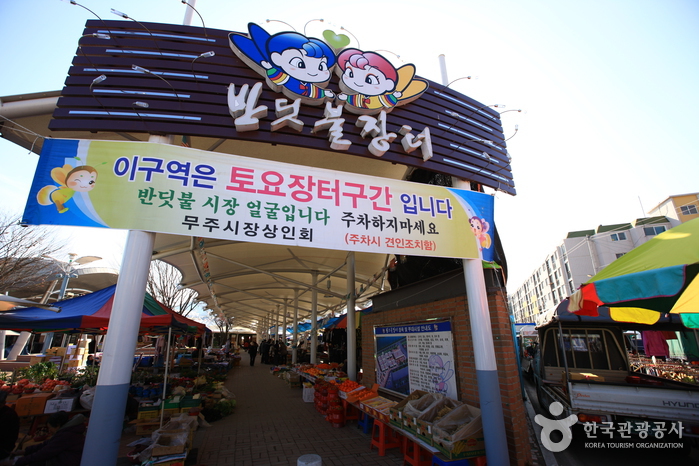
![Kirin motel [Korea Quality] / 기린모텔 [한국관광 품질인증]](http://tong.visitkorea.or.kr/cms/resource/93/3021693_image2_1.jpg)
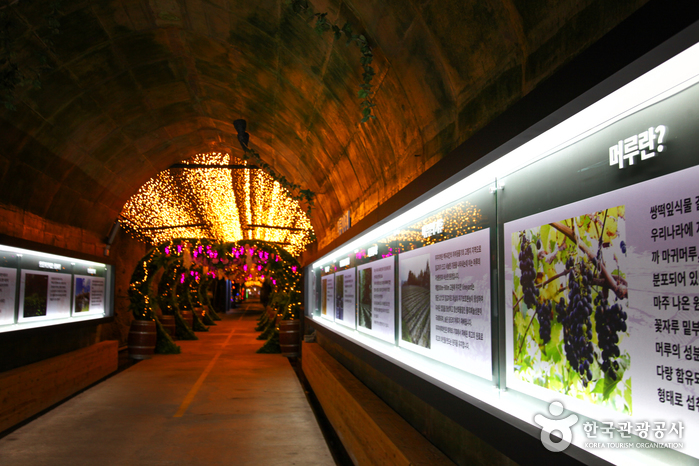
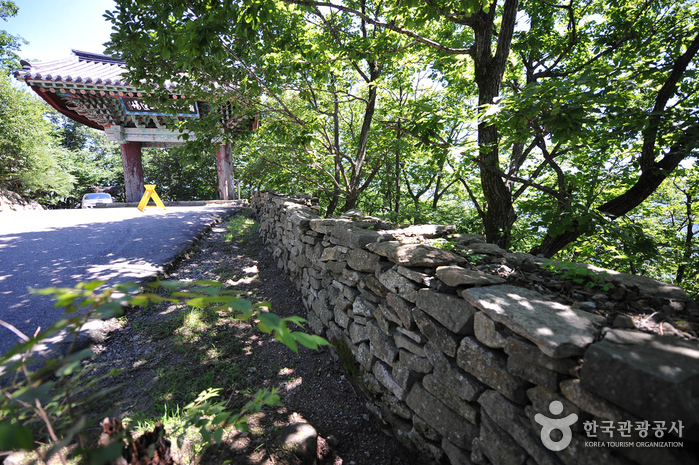
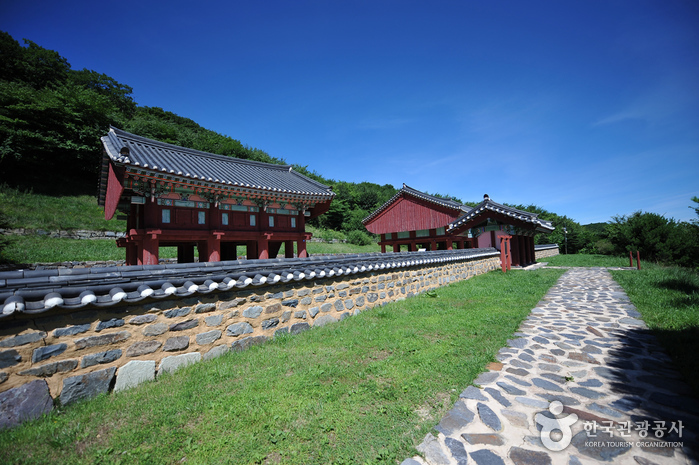

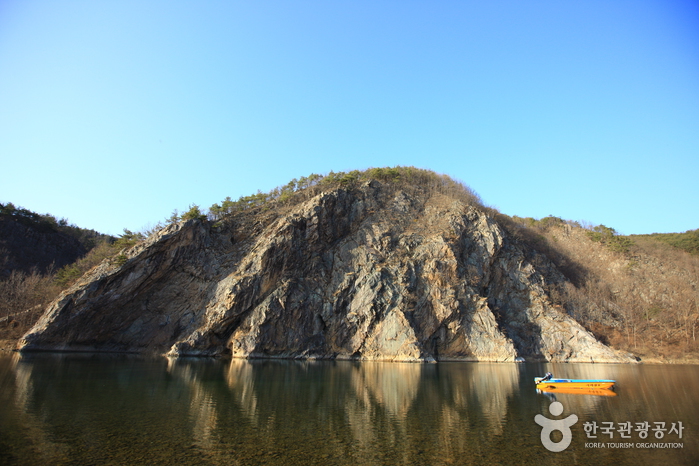
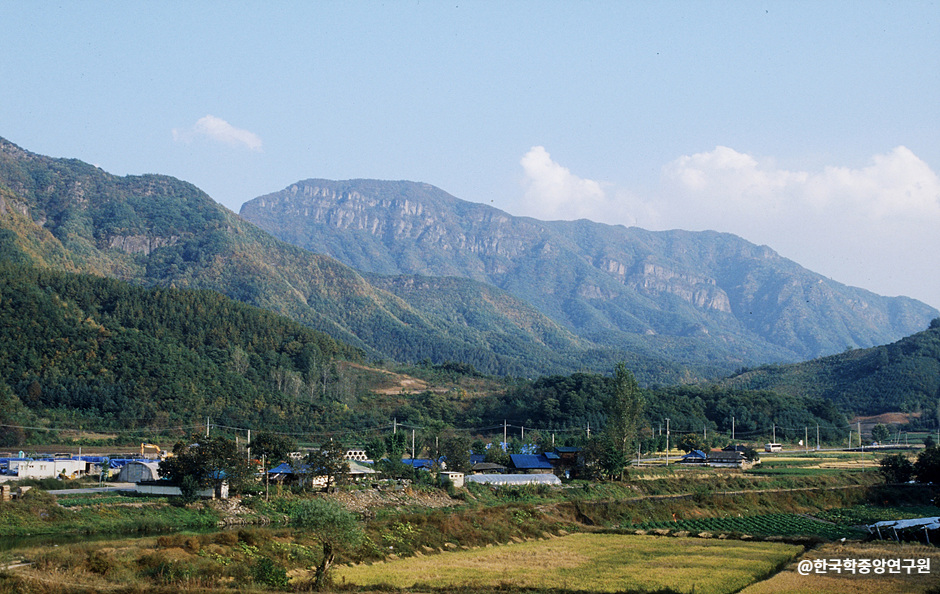
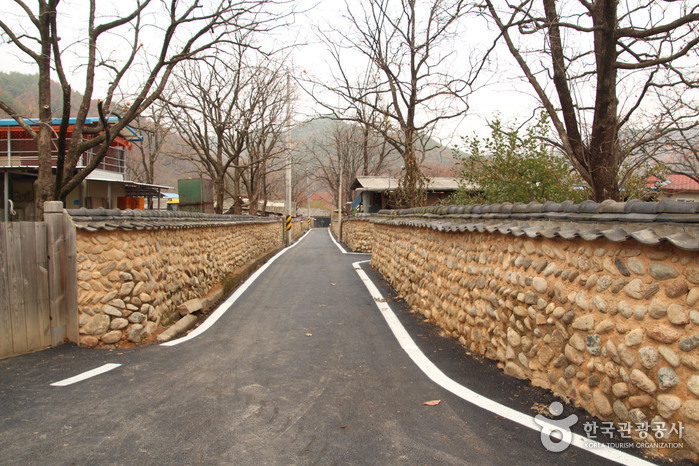
 English
English
 한국어
한국어 日本語
日本語 中文(简体)
中文(简体) Deutsch
Deutsch Français
Français Español
Español Русский
Русский